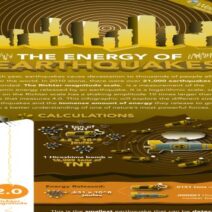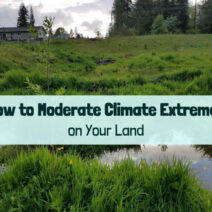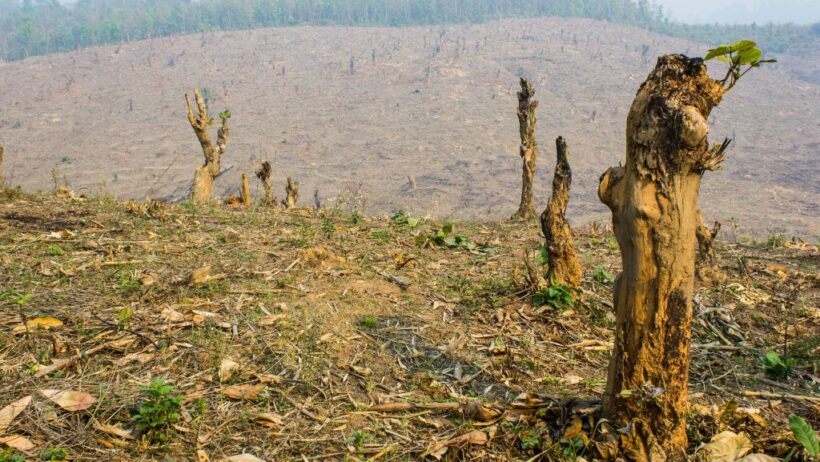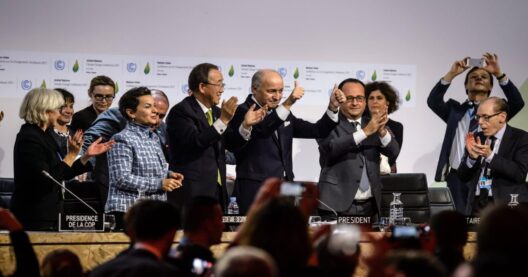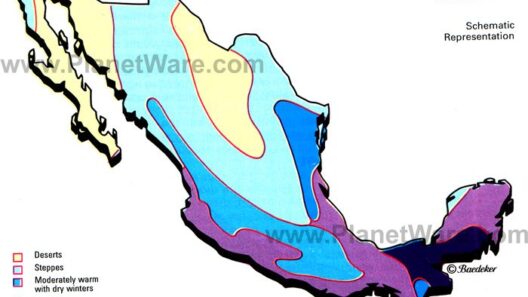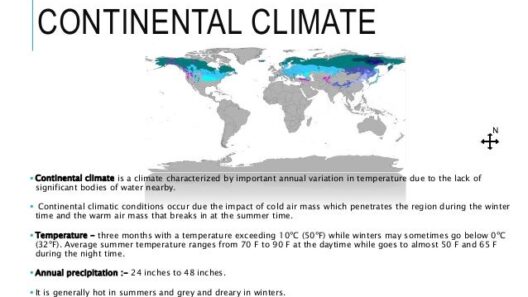Deforestation has escalated into one of the most critical environmental issues of our time, and its connection to climate change is irrefutably profound. As humanity seeks to extract resources to sustain its growth—a growth often at odds with ecological preservation—the act of cutting down trees has inadvertently begun to cut down our collective hope for a stable climate. The intricate nexus between trees, atmospheric balance, and climate stability is cemented in scientific literature and is crucial for understanding the broader implications of our deforestation practices.
Trees play an indispensable role in the Earth’s ecosystem. They act as natural carbon sinks, absorbing carbon dioxide (CO2) from the atmosphere during photosynthesis. When trees are felled, not only is this vital process interrupted, but the carbon stored within the trees is released back into the atmosphere, exacerbating the greenhouse effect. This cycle is inherently problematic—the elimination of forests results not only in increased CO2 levels but also in a variety of feedback loops that amplify climate change.
To comprehend the full scope of deforestation’s impact on climate change, one must investigate the various types of forests and their specific contributions to the carbon cycle. Tropical rainforests, for instance, are among the most biodiverse ecosystems on the planet, harboring approximately half of the world’s terrestrial species. Their dense canopies and rich soils function as robust carbon reservoirs. Dismantling these ecosystems leads to an irrevocable loss of biodiversity and a significant spike in greenhouse gas emissions. Such phenomena have been documented across various regions, accentuating the interconnectedness of biodiversity loss and climate stability.
Furthermore, temperate and boreal forests, while not as immediately associated with biodiversity richness, also contribute significantly to carbon sequestration. Studies indicate that boreal forests, which cover vast swathes of Canada and Russia, are particularly sensitive to climate shifts, rendering them vulnerable to insects and diseases that flourish in warmer temperatures. Thus, deforestation in these areas is not merely an aesthetic or moral concern; it bears grave implications for the climate system itself.
In addition to direct emissions from deforestation, the land-use changes associated with such practices are significant contributors to climate change. The conversion of forest land for agriculture or urban development alters the land’s albedo (reflectivity) and can lead to changes in local and regional weather patterns. For instance, when forests give way to agricultural fields, the temperature may rise due to the decreased transpiration—a natural cooling process wherein vegetation releases water vapor. Such alterations can exacerbate drought conditions, leading to a vicious cycle of environmental degradation.
Water cycles, too, are detrimentally affected by deforestation. Forests play a vital role in regulating hydrological cycles by aiding in the absorption and filtration of water. The loss of trees can lead to increased runoff, soil erosion, and sedimentation in water bodies—a phenomenon that not only degrades aquatic ecosystems but also affects water quality for human consumption. One cannot overlook that clean water scarcity invariably leads to conflicts and can exacerbate health crises, particularly in developing regions that rely heavily on intact ecosystems for their water supply.
The global implications of deforestation are stark and cannot be overstated. Countries that are heavy consumers of wood products, particularly developing nations, often bear the brunt of intense logging activities. These countries are sometimes caught in a paradox: the immediate economic benefits of logging promote job creation but simultaneously jeopardize long-term ecological health and climate stability. The resultant emissions from deforestation invariably impact the global climate system, leading to extreme weather events, rising sea levels, and shifting climatic patterns. Every tree cut is a gamble with the future of the planet.
Collectively, the urgency to address deforestation stems not only from its evident ecological ramifications but also from the socio-economic repercussions that accompany it. Indigenous communities, who rely on forests for their livelihoods and cultural heritage, face devastating impacts when their territories are encroached upon. The struggle against deforestation is, therefore, an intersectional issue that requires attention to social justice. Sustainable practices, including agroforestry and afforestation, can provide pathways to economic development while ensuring the preservation of vital ecosystems.
In recent years, international agreements such as the Paris Agreement have recognized the need for forest conservation within the broader framework of climate change mitigation strategies. Yet, these agreements necessitate rigorous legislative frameworks and committed actions at national and local levels. Governments must enforce regulations that prioritize sustainable forest management, while industries must innovate practices that minimize deforestation through responsible sourcing of materials.
In conclusion, deforestation unequivocally catalyzes climate change and diminishes our hope for a sustainable future. Each tree lost is a blow not only to biodiversity but also to the comprehensive web of life that sustains our planet. It is imperative that communities, industries, and governments unite in acknowledging the intrinsic link between forests and climate stability. The act of preserving our forests is, in essence, an investment in our collective future—one in which we can combat climate change effectively and ensure a healthy planet for generations to come.

